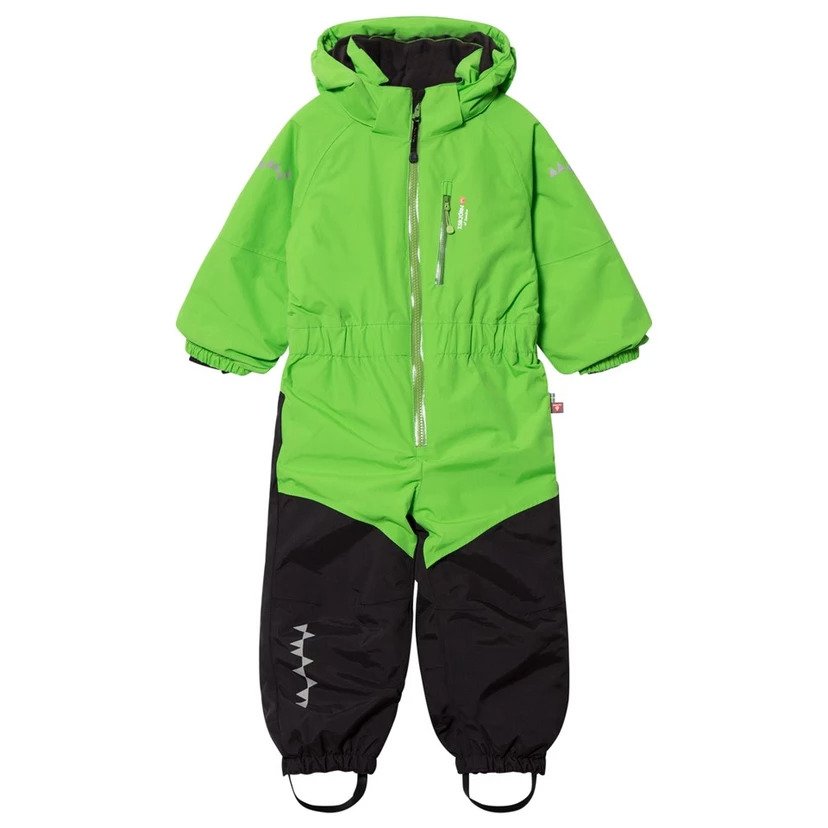My 5 year old came home one day asking me to dig up his old green snow suit so that he could wear it to school the next day. I asked him if there was something wrong with his newer one, quickly scanning zippers and pockets to see what might need mending. He paused and told me he was just tired of being asked if he was a girl.
My heart sank.
I had expected and feared this moment.
My kids and I talk a lot about gender stereotypes and how people often have pre-conceived ideas—about what they can do, what they can wear, or say—that limit them. We talk about how people are taught these ideas early and often hold fast to them without realizing that these ideas aren’t that important (i.e. does it really matter to aunt Barb that Nicholas wants a doll for his birthday?) and that these ideas might keep them from discovering new and great things about themselves and the world.
We also talk about gender identity, naming that everyone has different ways of expressing who they are, different likes and dislikes, different preferences for colours and fabrics they like to wear, ways they want to style their hair, types of footwear that make them feel magic—that everyone can choose how they want to be a boy, or a girl, or not. That there is never just one way.
I know that having a way to understand the issue as structural (i.e. kids are raised with tight gender rules and as a result do a fair amount of gender policing), instead of just personal (i.e. the kids are mean to me), is helpful. Regardless, I appreciate that being different day in day out is exhausting. I asked if he’d mind if I talked to the school about it. I told him that I admire him and that he could, of course, wear whichever winter coat he wanted.
Having had conversations with his teacher, and gifted his classroom with a book at the beginning of the school year (this gem of a book: EN / FR) in an effort to ease the integration of skirt-wearing and pink-loving boys, I decided to get in touch with the principal this time. I prepared for this meeting by reading how other school boards are accommodating non-binary and trans kids (doc: Commission scolaire de Montréal) and printing cool pedagogical material that could be used with students (like Elise Gravel’s free pdf book ”Artsy Boys and Smelly Girls”/”Tu Peux”’). We met a few weeks later, with the principal, my son’s teacher and two school specialists. The school team surprised me with their eagerness to understand and to address the issue, and to make sure my child felt safe and supported at school. It took a long time to coordinate, but the end result is that the whole school team will participate in a training given by the Coalition des Familles LGBTQ / LGBT Family Coalition. It took two years, but it feels like a tremendous victory, especially knowing that there are other kids in the school who will get better supports as a result of our efforts.
I still struggle to know how to advocate for a child who identifies as a boy but chooses a gender presentation traditionally associated with girls. People really want to label and to compartmentalize, but I want to protect his explorations without ascribing adult labels. And of course, challenging limiting stereotypes within our schools is a win for all kids, regardless of their sex and gender identity.



